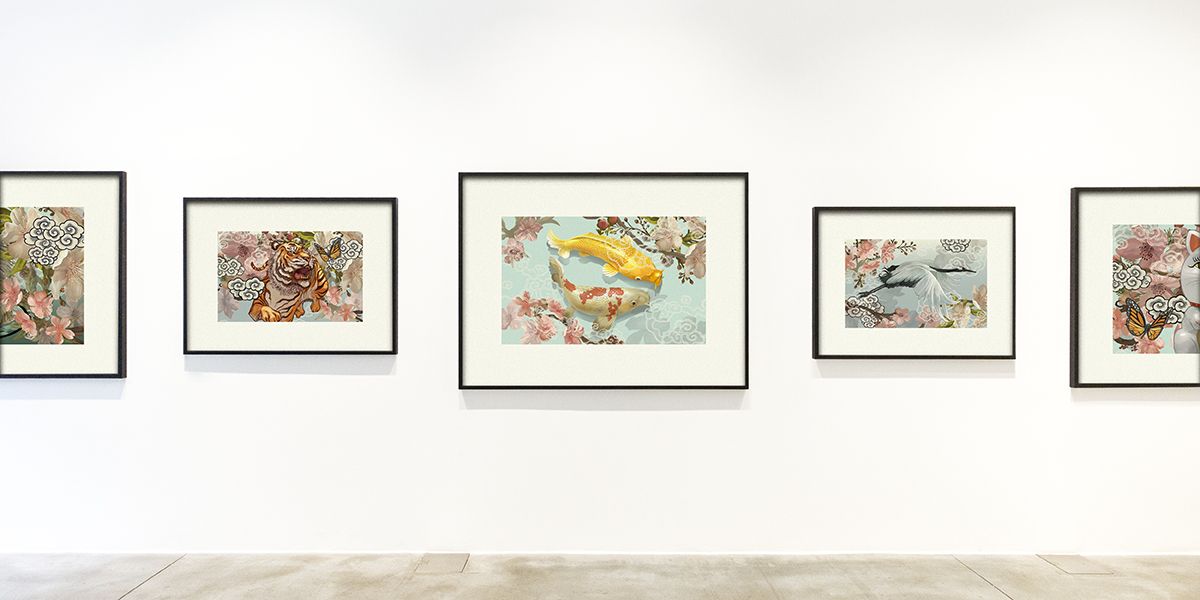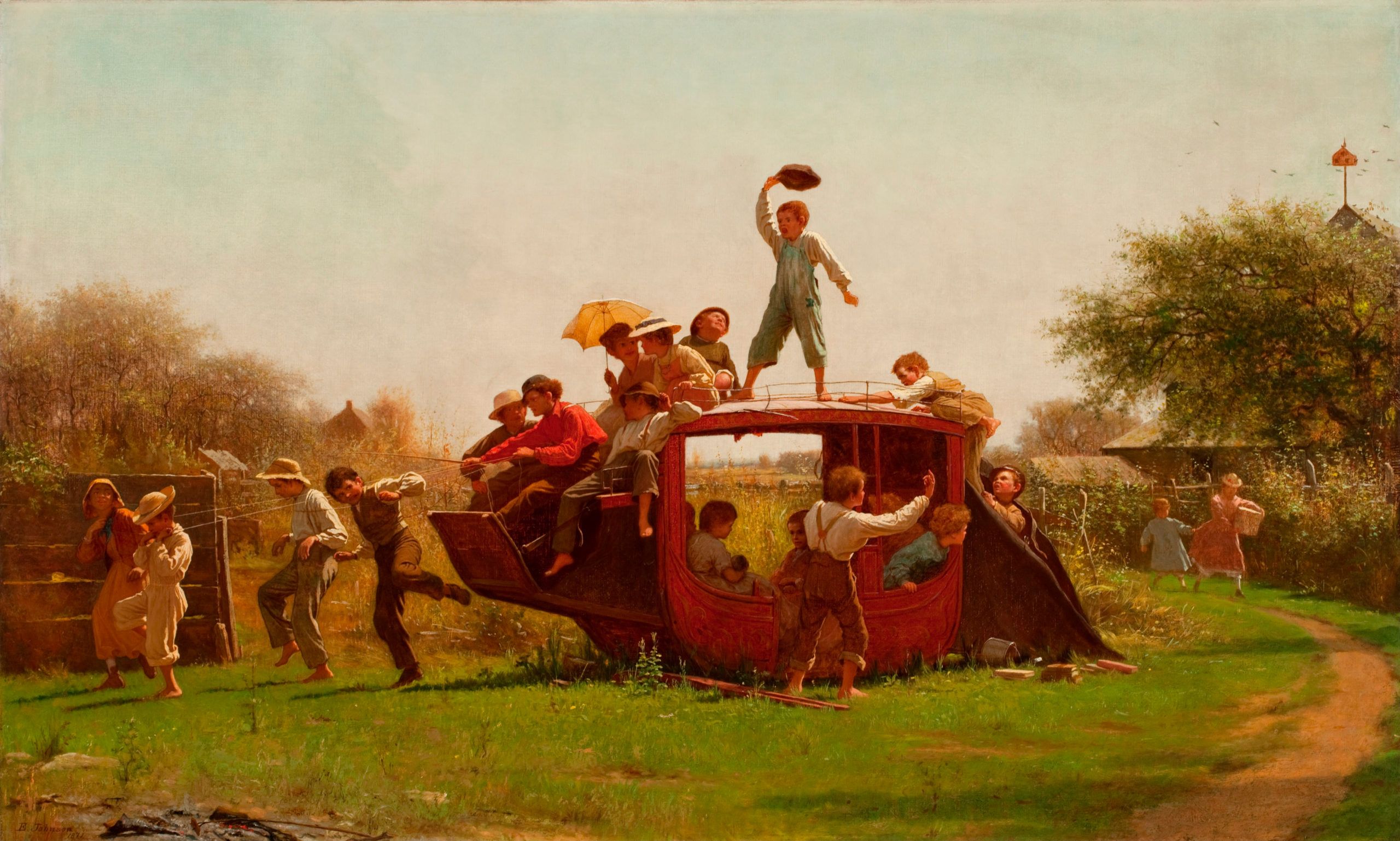Four Best Practices on How to Store Art Prints
If you’re looking to sell or collect art, you need to find a way to store your art prints and canvas paintings. Learning how to store art prints could be the difference between getting paid and throwing away a valuable piece of work. All decent art collectors know how to store their prints and keep them safe from outside influences.
If you want to store your favorite exquisite western landscape paintings or Monet prints, you can take a few steps to keep them safe. Let’s look at them now!
What Damages Art Prints?
Art prints are not original art pieces, and the types of paper used are susceptible to various external forces. Developers designed acid-free paper, archival grade paper, and archival ink to be durable, but these materials will fade over time. If you don’t take good care of your prints, the fading will worsen quickly.
Things like high or low humidity, sunlight, dust, oil, dirt, and general movement will cause the most damage to prints. You should store them in collector boxes, but that’s not all you have to do. Let’s look at the four things you can do to put art prints in your storage space.
Keep Away from Direct Sunlight
When you learn how to store art prints, the first thing people tell you is to keep them away from sunlight. Like furniture and clothing, direct sunlight can bleach the ink on an art print. This damage is because of the intense UV rays from natural sunlight.
If you have to store them in a lighted area, ensure you only use artificial light.
Keep Away from Heat
Like sunlight, heat is a quick way to destroy art prints. Extreme temperatures cause the paper to twist and warp, leading to cracks and misshapen prints. In addition, heaters reduce humidity in the room, causing the paper to dry and crack.
Store Prints in Areas of Moderate Humidity
High humidity is not just damaging to furniture and walls; it can also horribly damage art prints. You should avoid places like attics, kitchens, sheds, and outdoor storage areas, which are all likely to have high humidity.
Too much humidity will cause brown spots on the print or mold growth. Also, don’t wrap them in plastic or anything that traps moisture.
Store Prints in Collector Boxes
Collector boxes are the best way to store your art prints. These boxes keep the prints in a stable, sealed environment that will protect them from the above killers, air pollutants, dust, debris, and skin oils.
Learning how to store art prints is a valuable skill that will save you plenty of heartaches. If you’re a burgeoning art collector, you should also learn the difference between a painting and a print to know what you’re buying. We can teach you what you need to know in our Fine Art blog.
Call Fine Art Publishing at (520) 274-4992 to ask about our prints and canvases and to find one that strikes your fancy!


